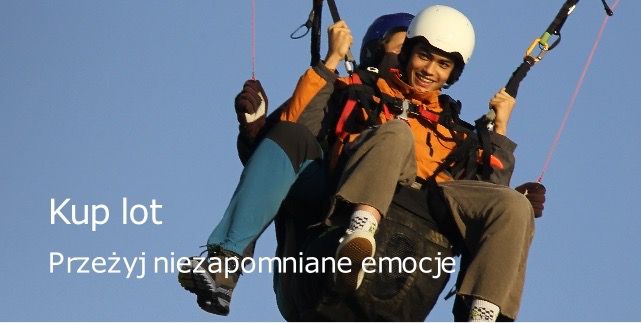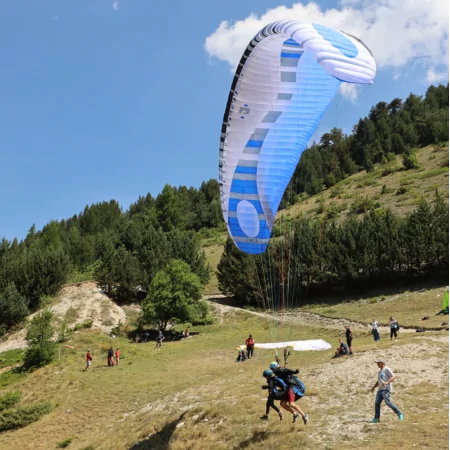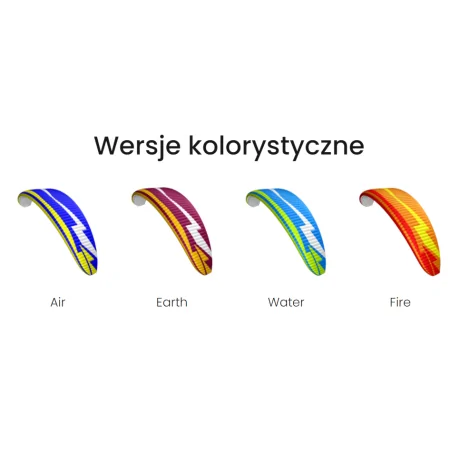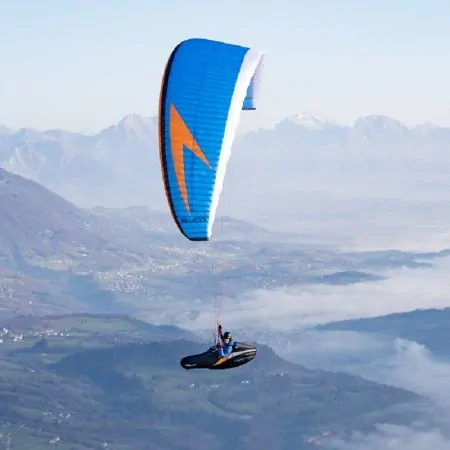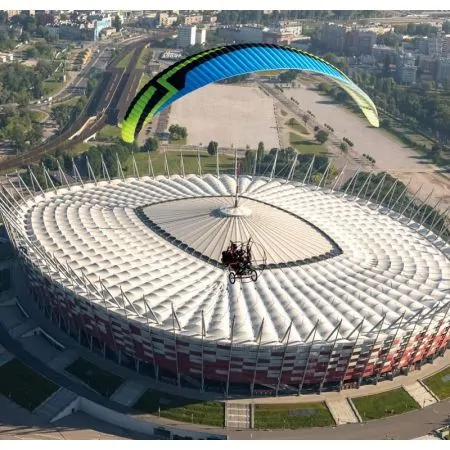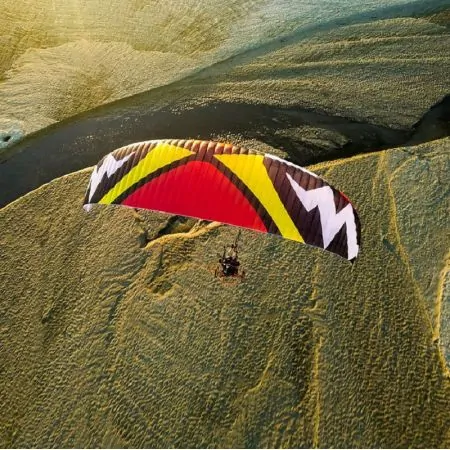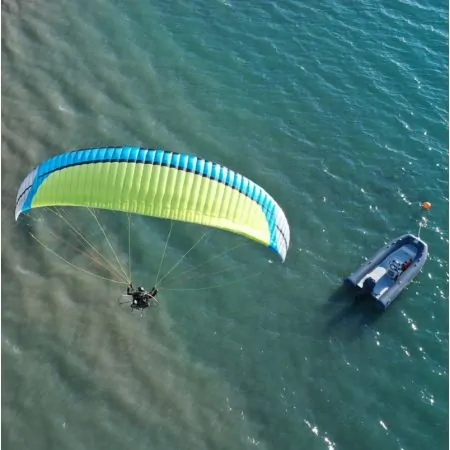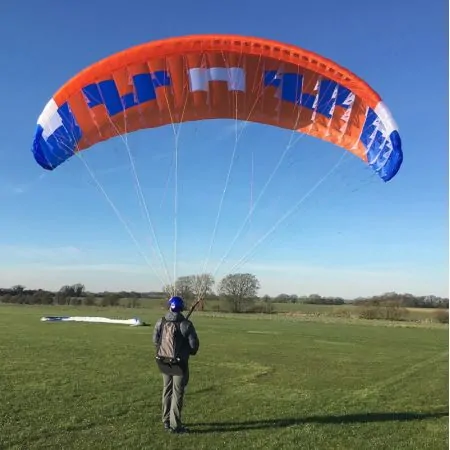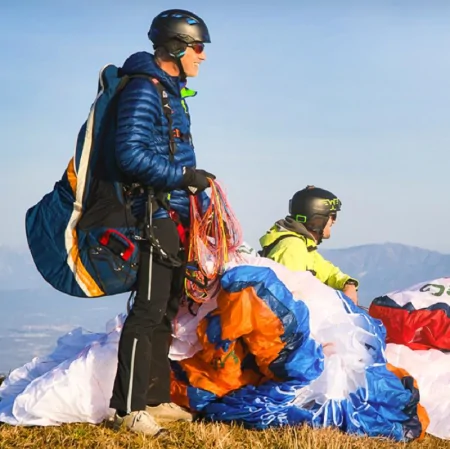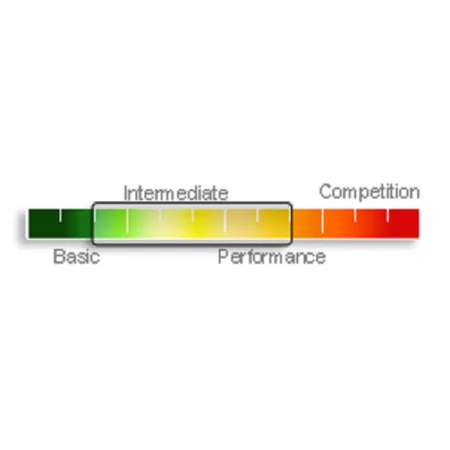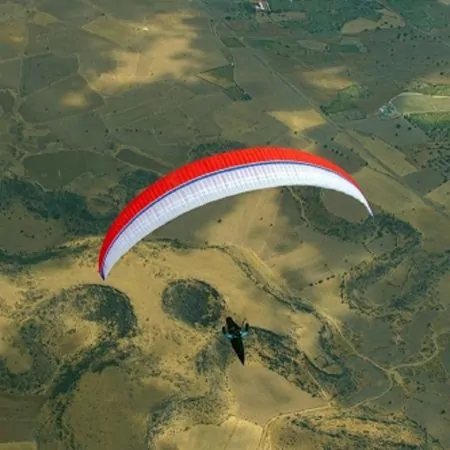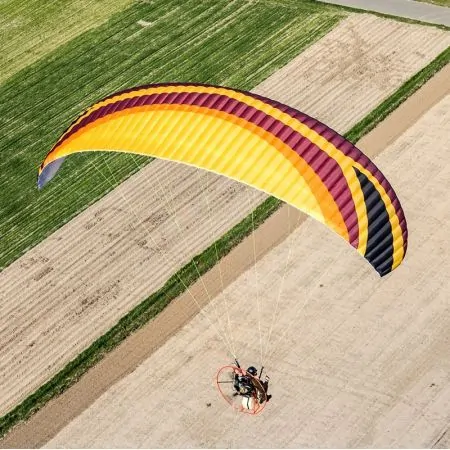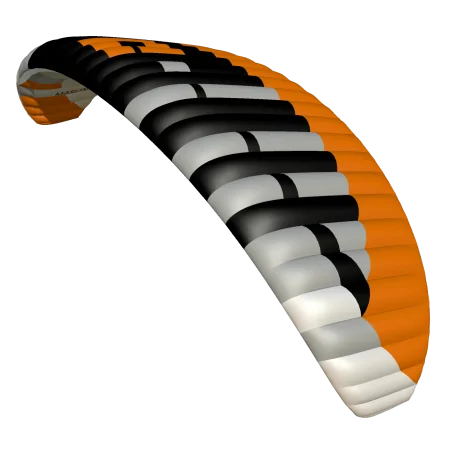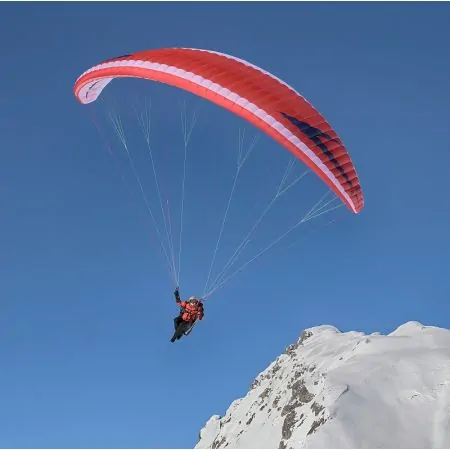ORCA 5
Orca 5
Orca 5 is a universal tandem of the EN B class with excellent performance. It takes off with ease, is easy and precise in steering, complete with smooth landing. It provides the highest passive safety level, with glide ratio similar to single-seaters.
This is the first tandem with the LE3D technology applied!
Design and purpose
The wing is designed primarily for free flying with a passenger, but it will also prove its worth when powered by a paramotor – either foot-launched, or with a light paramotor trolley.
In the four-row canopy with stiffening cores (Dudek Flexi Edge technology) we have used our latest system of additional cuts on the upper surface of the leading edge – LE3D (Leading Edge 3D). The surface of the cells in these areas now consists of three longish elements instead of one.
Additional cuts minimize fabric wrinkling and more accurately reflect the designed shape of the aerodynamic profile in the crucial zones, where most lift is generated.
Additional LE3D cuts minimize fabric wrinkling and more accurately reflect the designed shape of the aerodynamic profile in crucial zones where most lift is generated. At the same time drag is minimised; all in all the glide ratio of the wing is improved.



